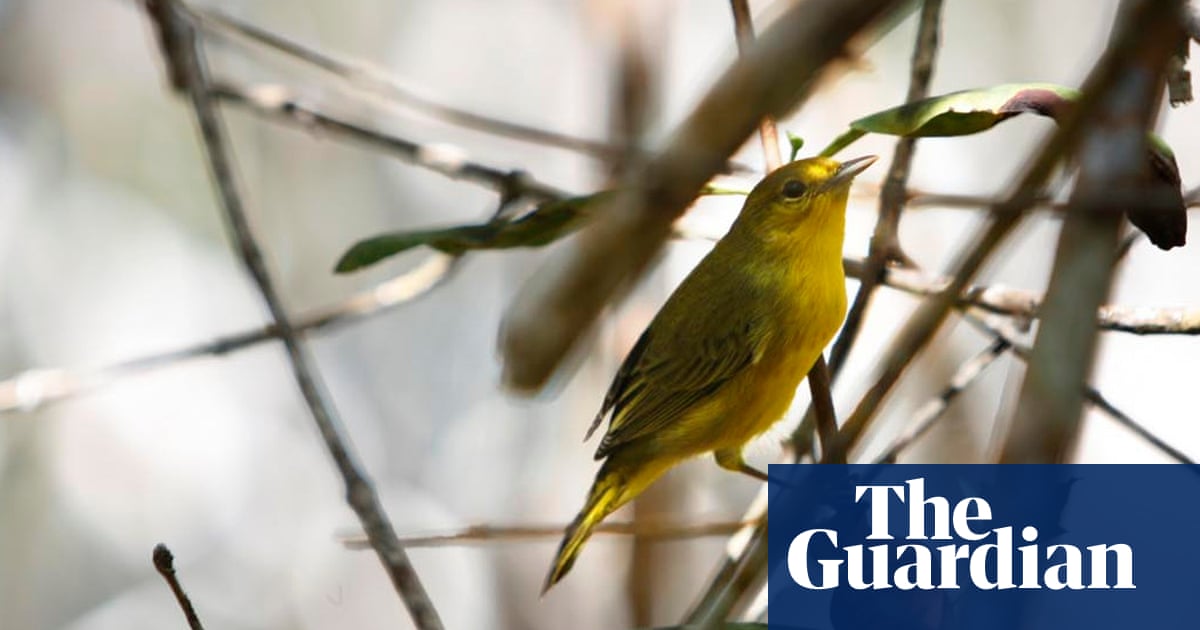Photo credit: www.theguardian.com
If the cacophony of traffic creates feelings of irritation, it appears that birds are impacted as well. New research indicates that the disruptive nature of traffic sounds may provoke aggressive behaviors in local bird species, particularly in the Galápagos Islands.
The study focuses on male Galápagos yellow warblers, which exhibit heightened aggression when they hear the songs of other males in conjunction with traffic noise. This is particularly concerning for these birds, as their vocalizations serve as crucial warnings to intruders, potentially compromised by the ambient sounds of vehicles.
Dr. Çağlar Akçay, a co-author from Anglia Ruskin University, offers insight into the behavioral dynamics observed. He notes that in the absence of clear communication through song, these birds may resort to increased aggression, escalating encounters that could result in physical confrontations. “Typically, birds communicate to avoid conflict, but when noise interferes, they may take greater risks,” he explains.
The researchers documented the behaviors of 38 male yellow warblers across two islands in the archipelago. Out of these, 20 birds resided near busy thoroughfares, while 18 were found in more tranquil areas. During the study, researchers employed two different soundscapes. One featured the song of a male warbler, while the other added layers of traffic noise.
Males living in close proximity to roads displayed more aggressive tendencies when confronted with the combined sounds, actively approaching and circling the speaker as if challenging an intruder. Yet, not all of these birds sang while confronting the noise, which suggests they were prepared for a possible altercation instead.
In contrast, yellow warblers from quieter regions exhibited diminished aggression in the presence of traffic sounds, indicating a possible fear of the unfamiliar noise environment. The findings also suggested that males on the more populated Santa Cruz Island sang longer in the presence of traffic, while those from the less populated Floreana Island demonstrated the opposite behavior.
Interestingly, across the board, there was a noted increase in the minimum frequencies of their songs when traffic sounds were present, indicating a possible adaptive strategy to ensure their calls are heard amidst the chaos. However, an increase in peak frequencies was only observed in the birds residing away from traffic—potentially as those near roads were already singing at optimal frequencies.
Dr. Akçay expressed the hypothesis that some birds may inherently adapt to their noisy environments. This raises concerns about the effects of noise pollution, especially in unique ecosystems like the Galápagos, where biodiversity is at stake. “Even a minimal exposure to traffic noise can influence bird behavior,” he remarked, emphasizing the necessity of considering such environmental factors in conservation efforts.
Source
www.theguardian.com

